
A Lesson in Geology: Utah's Petrified Sand Dunes
Table of Contents [Show]
During my college years, I took a Geology course consisting primarily of geological structures and events in the magical and mysterious land mass now known as Utah. In lieu of writing papers, my professor gave us a self guided field trip option: simply visit places we talked about during his lectures and report back. Hell, yes!! Of course I opted for field trips.
Utah was my classroom that semester. I learned a ton from those field trips, forever shaping my views of Utah and her diverse landscapes.
I recently explored the Red Cliff Desert Reserve in southern Utah. I love this part of Utah with its high desert, diverse landscapes, and colorful rolling petrified sand dunes.
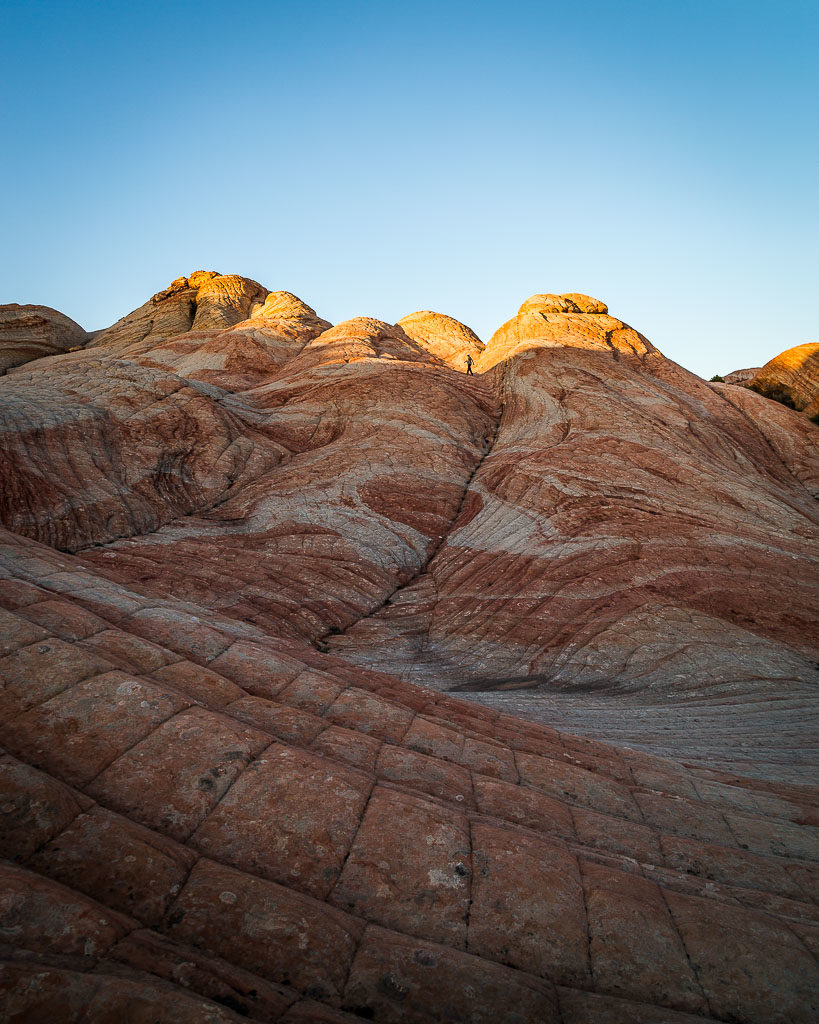
Long and punishing dirt roads lead to Red Cliffs: it isn't an easy place to access. If it's raining, don't even think about it. The clay mud paralyzes your vehicle and makes the road impassable.
Depending on your final destination, it’s a few miles of trail to the cliffs. You'll know when you get to the amazing sweeping hills of yellow and red banded sandstone.
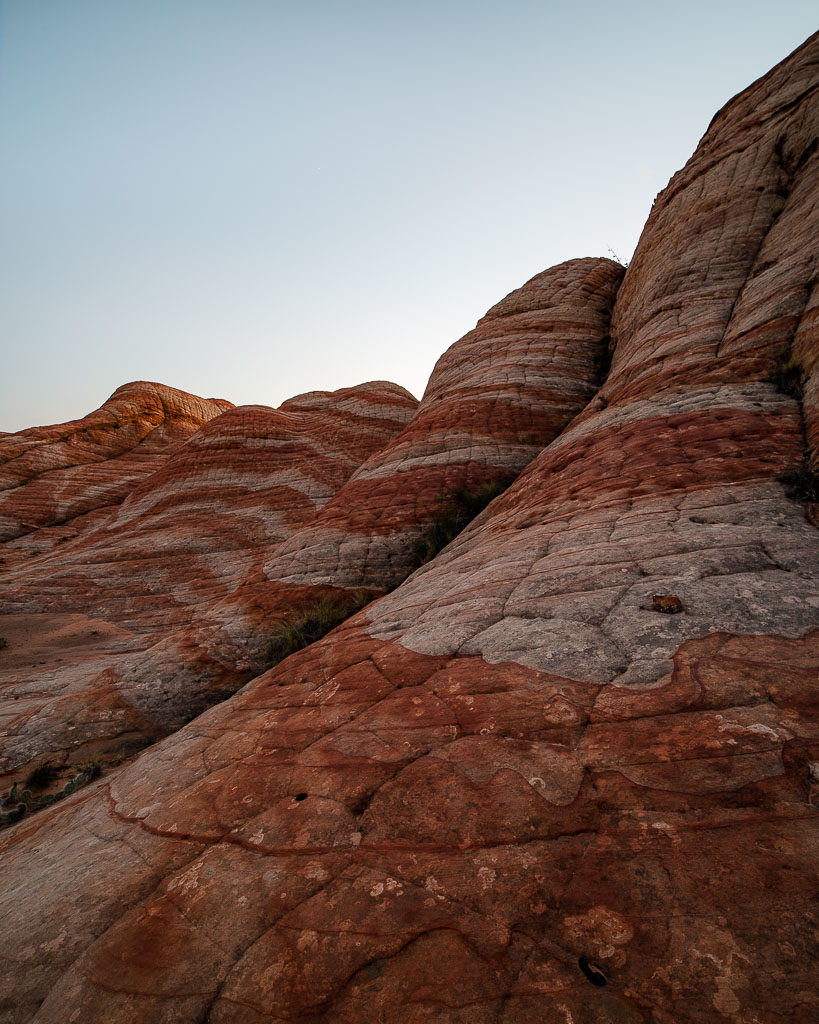
One of the most fascinating aspects of petrified sand dunes is the hexagonal patterns in the Navajo sandstone. Why hexagons? There's been a lot of research why hexagonal patterns occur in stone. You find this hexagonal occurrence in basalt columns. Researchers theorize hexagonal patterns occur due to the rate of hardening. You can really geek out out on hexagons if math is your strong suit.
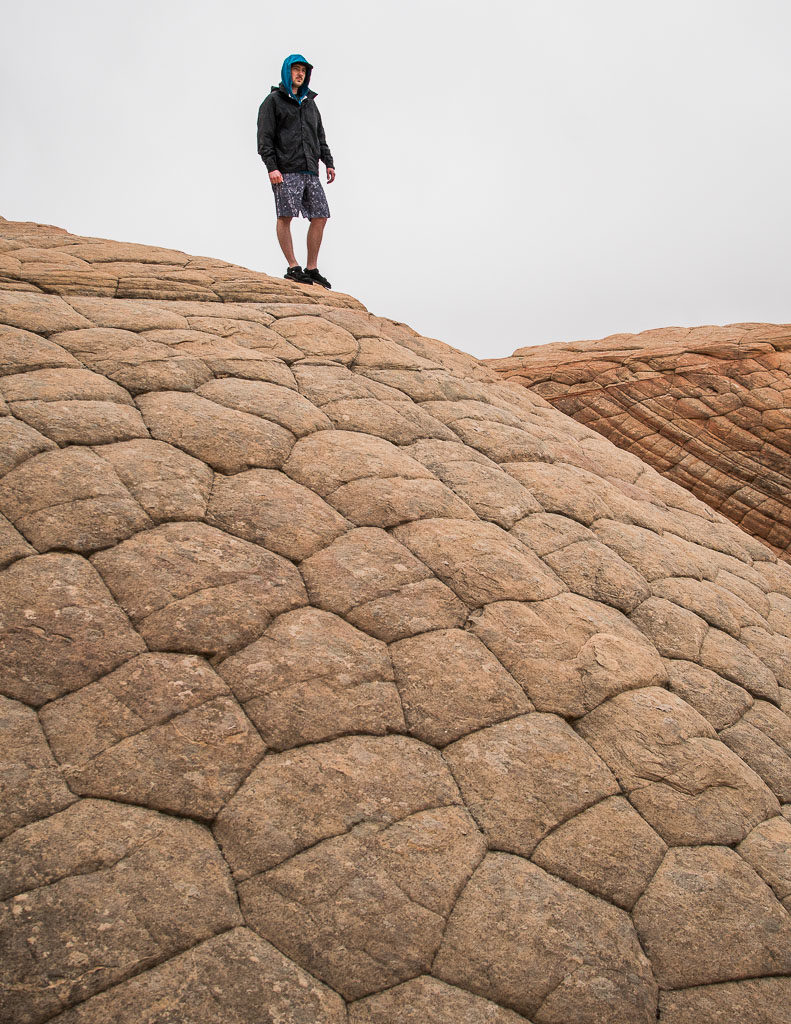
Trivia: Hexagons occur in nature all the time: basalt columns, turtle shells, snowflakes, and beehive honeycomb.
Mother nature preserved these dunes and then revealed them through erosion for us to experience today. It’s mind blowing really, standing on a petrified dune with an overlook of dune after dune. I thought to myself, "This is what the Jurassic period looked like."
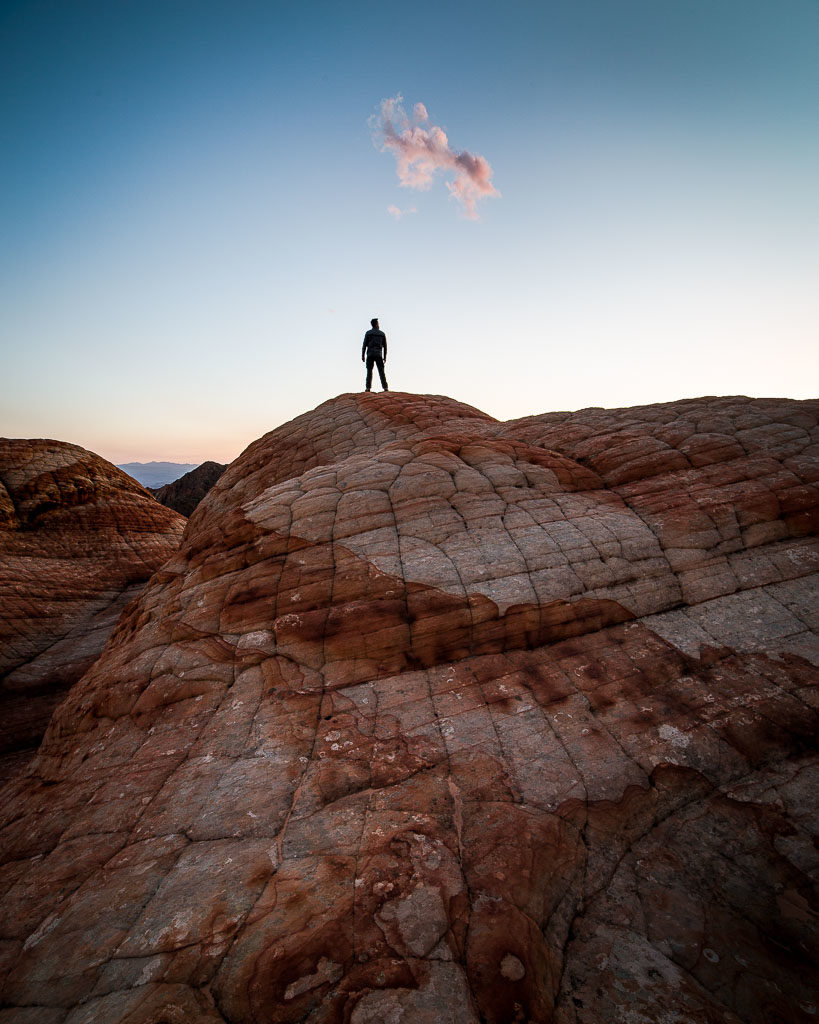
When I’m out exploring Utah, I can’t help but imagine what geological forces shaped and formed this land. Obviously taking a geology course in college doesn’t make me a Geologist, but knowing a few things sure does enhance my experience and appreciation of land formations.
Which leads me to my challenge for you. On your next trip to a National Park or place you’re about to check off your bucket list, do a little research before you go. If you’re headed to Yosemite National Park, google 'Yosemite and geology.' Or, if you’re headed to Arches National Park, google 'Arches National Park and geology.' You’ll be surprised what you can learn in 15 minutes. Geology may not be your thing, and you may never devote time to it. That’s OK: take a field trip instead!
Gear Notes
Springtime brings dramatic temperature swings, and I never know what weather to expect. To hedge against unpredictable spring weather, including rain, I love the KÜHL Firefly Vest. I paired the men's outdoor vest with a long sleeve baselayer. I love how it fits snugly while giving me mobility. Perfect combination.
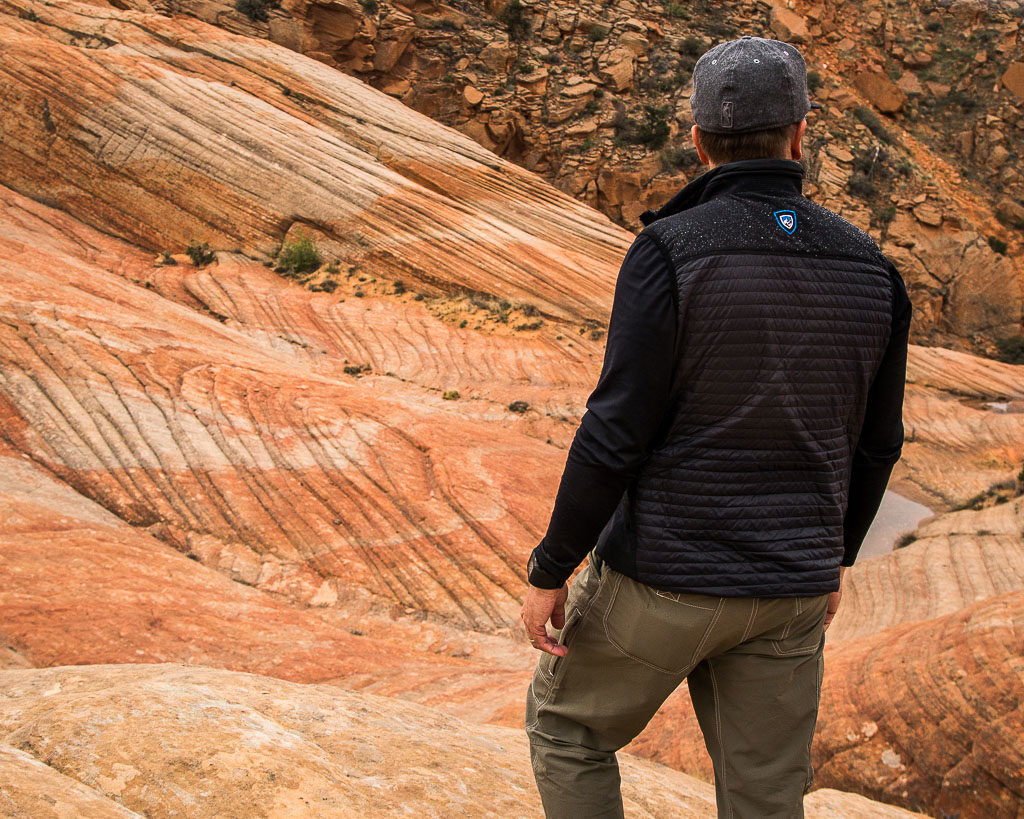
Durable enough for sandstone abrasions, flexible enough for traversing over unique rock formations, and quick drying during that unexpected rain storm, KÜHL Radikl and Renegade Pants are my go-to men's outdoor pants when scrambling over sandstone rock formations.


